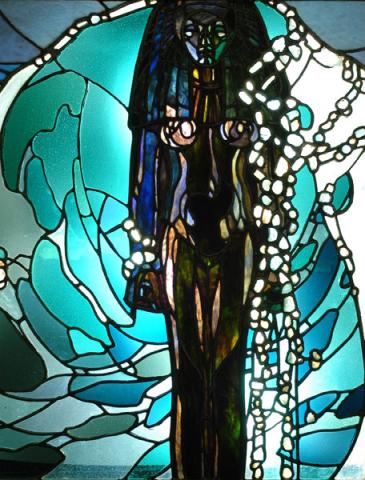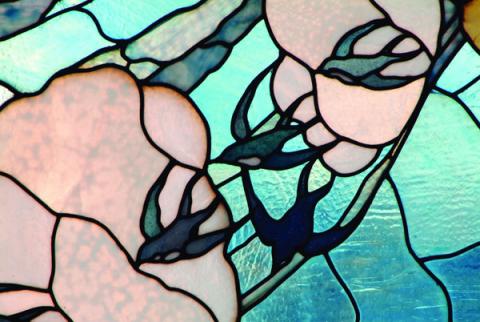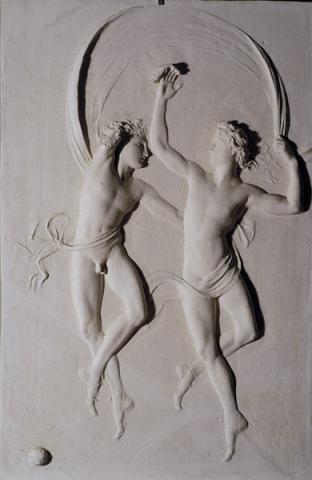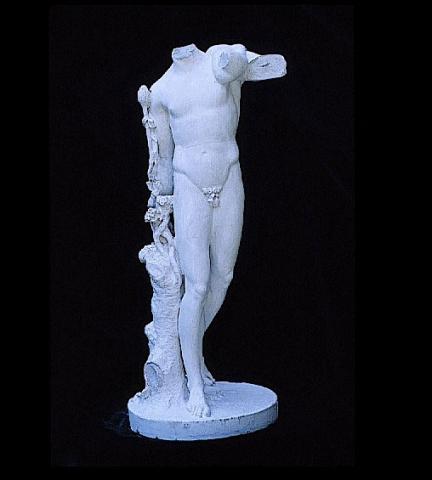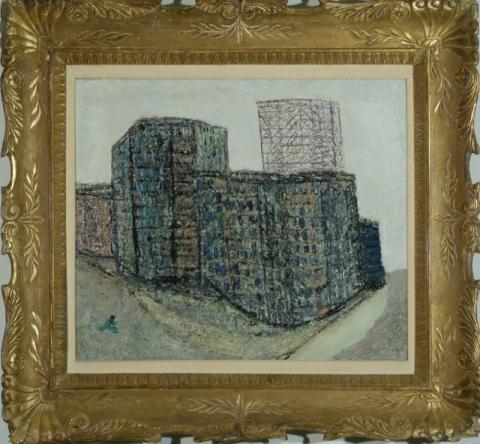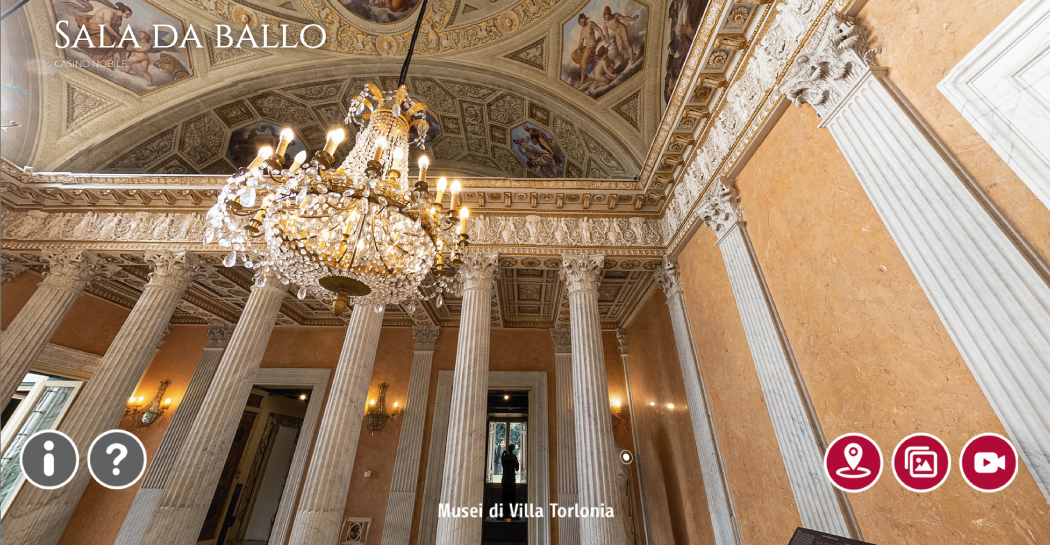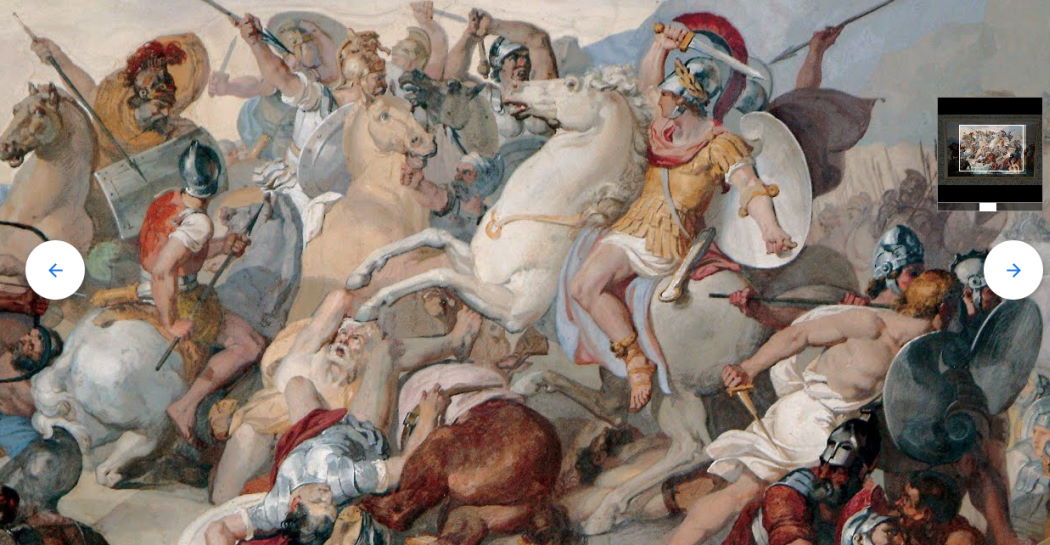The Artwork of the month of the Museo della Scuola Romana - February 2022
February 2022
Renzo Vespignani (Lorenzo Vespignani)
(Rome, 19 February 1924 - Rome, 26 April 2001)
Periferia con Gazometro, about 1946
Oil on canvas
Inv. MSRo75
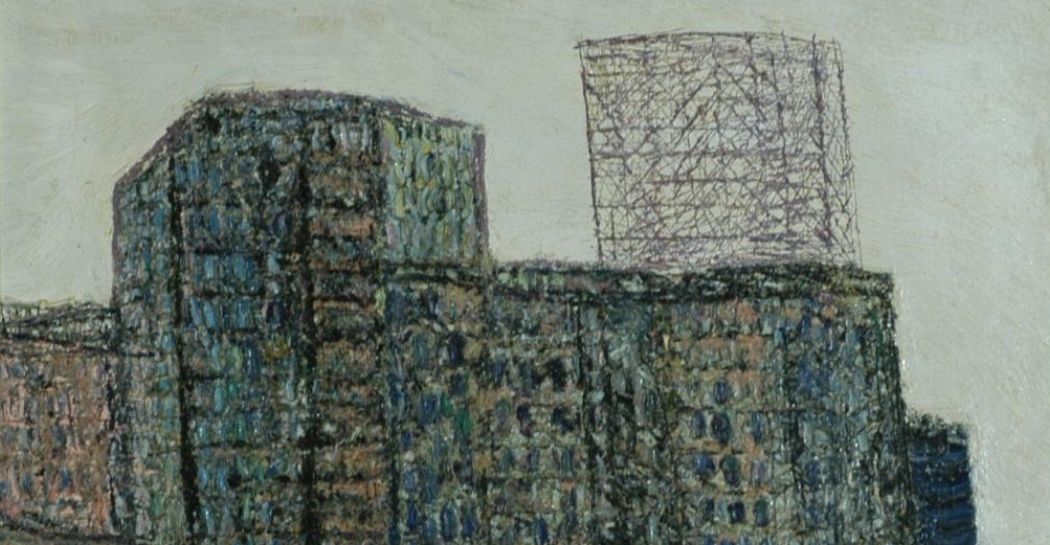
The painting came into the collections of the Museo della Scuola Romana in 2006 thanks to a donation by Marta Vespignani, daughter of the artist and Netta, a famous gallery owner and art dealer. The painting depicts a series of tall houses huddled together in a desolate open space, bordered on the right by a road. Behind the buildings, slightly to the right of the centre of the composition, is the outline of a gasometer. In the clearing, in the left foreground, there is a tiny representation of a figure on a bicycle.
In 1944-45, the subjects of railway convoys, locomotives, rails and suburban buildings emerged. Renzo Vespignani recomposes the landscapes into his own personal pictorial urban geography, in which the elements are placed in isolation with a strong psychological charge. Although these come from direct observations, the places described are not recognisable: an example is the Gazometro in the Ostiense industrial district, in the southern part of the city, which stands out on the horizon like a modern Colosseum (V. Pratolini, on the occasion of the artist's personal exhibition in Florence in 1947). It is a more personal painting in which the landscape that nourished his imagination as a child and that is strongly internalised becomes what can be defined as a first personal pictorial iconography.
As the artist himself recalls: This Borough and the Convoy at Tiburtino Station are paintings that I consider quite interesting, because there is a material that "smells" of informal painting, yet they were painted by me, a boy from the suburbs, when Fautrier, Dubuffet and even less the Americans were not yet known in Rome. I had discovered this material painting instinctively, trying to render with oil the same harsh sensation of my sketches and etchings. So I began to paint in oil, with colours that, given the poverty, I made myself and the canvases of the parachutes.
Renzo Vespignani began painting and engraving during the difficult years of the German occupation of Rome, when he was hiding with the engraver Lino Bianchi Barriviera and chose the artists Alberto Ziveri and Luigi Bartolini as his teachers. He began exhibiting in 1945 and continued at the Roman galleries La Margherita and L'Obelisco, as well as in New York, London, at the Venetian Biennales and the Quadriennali in Rome. In 1949, he joined other painters associated with realism with the aim of portraying the working-class neighbourhoods of Rome: one of these, Portonaccio, gave the group its name. Later he founded, with other intellectuals, the magazine "Città Aperta", which focused on the problems of urban culture, also the subject of the cycle Come mosche nel miele (Like flies in honey), which he exhibited at the French Academy in Rome at Villa Medici in 1985. In the 1990s he shifted his interest to American urban life, also using the medium of photography.
Back to the section > The Artwork of the Month of the Museo della Scuola Romana


























